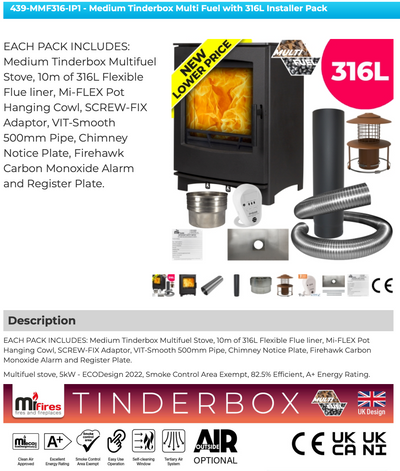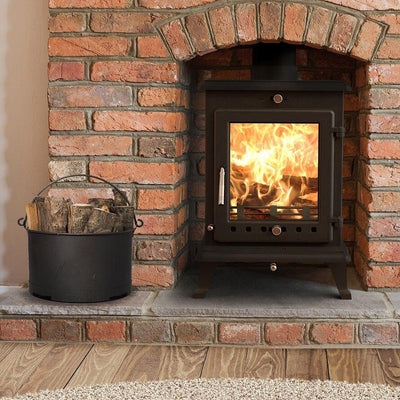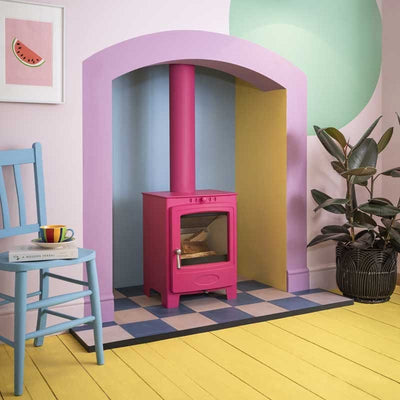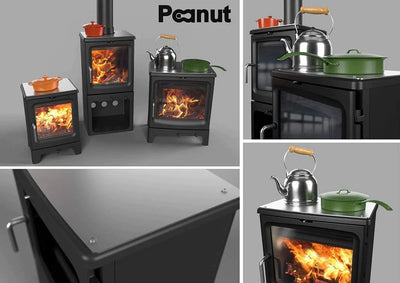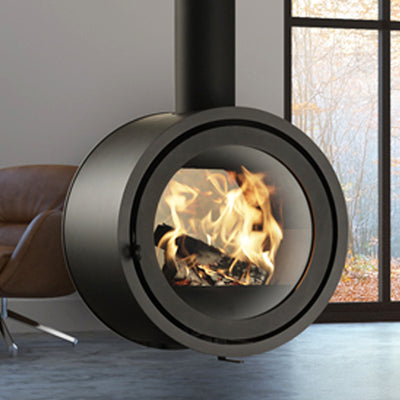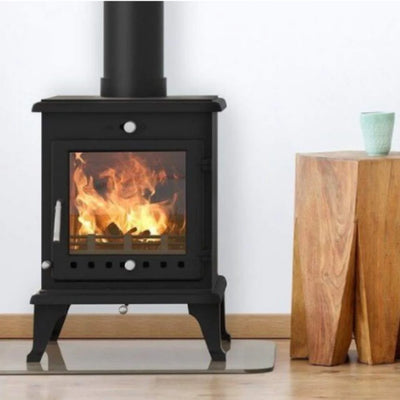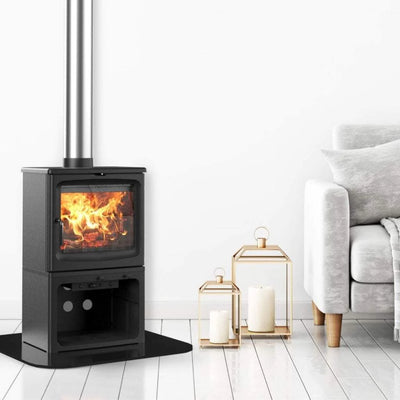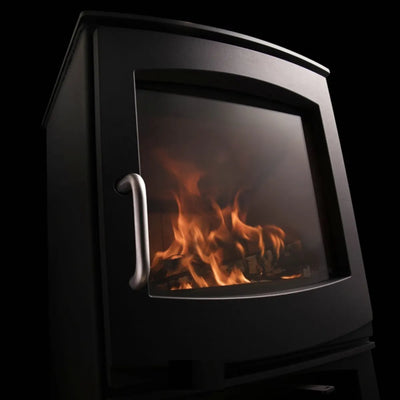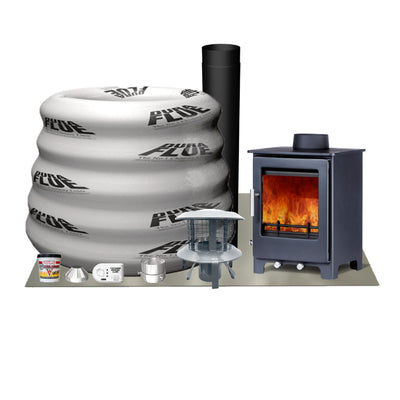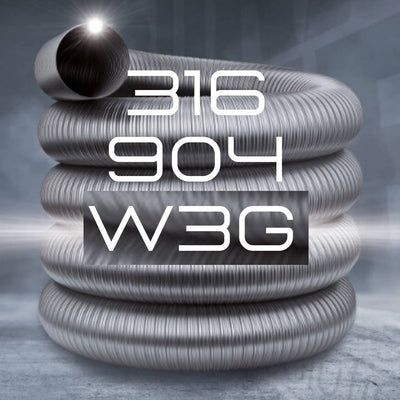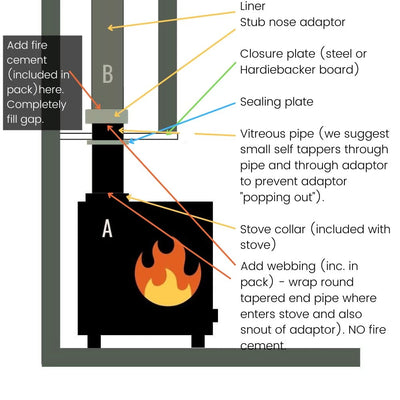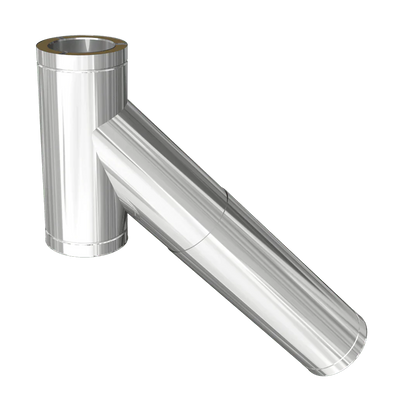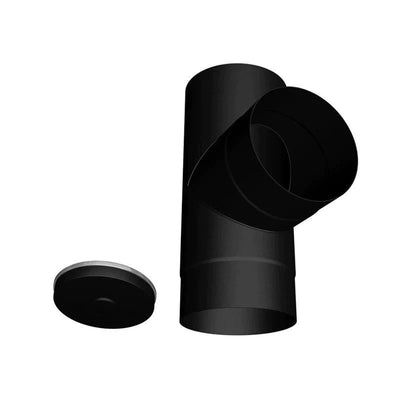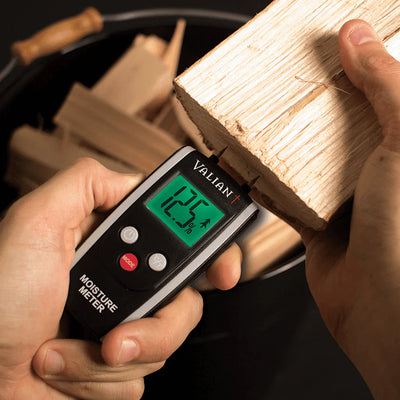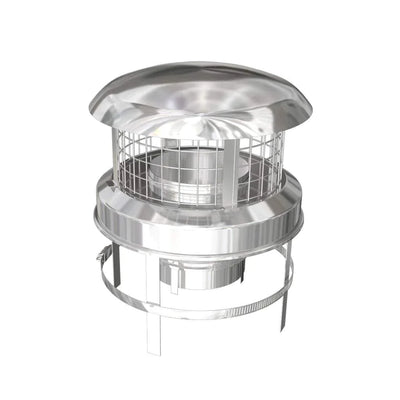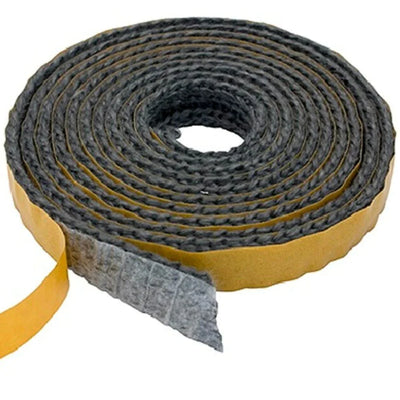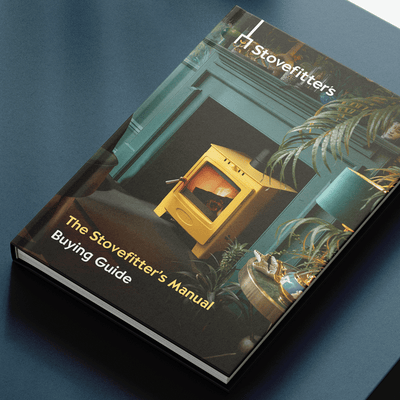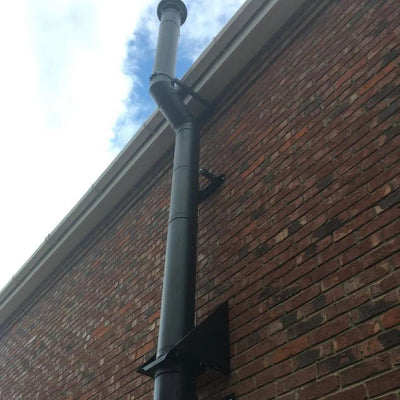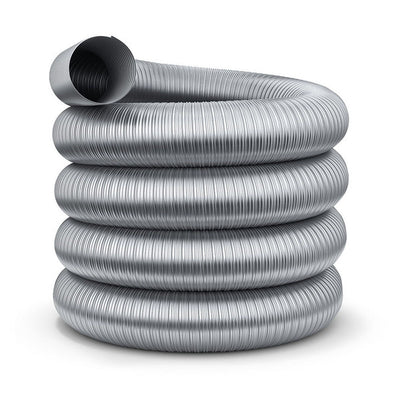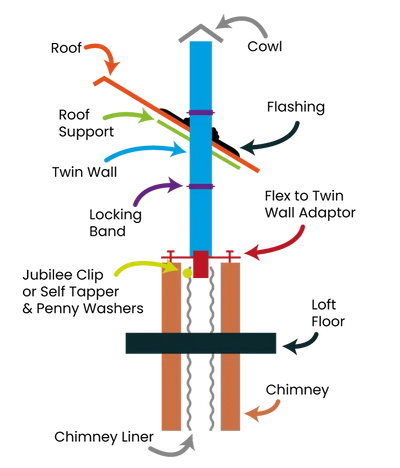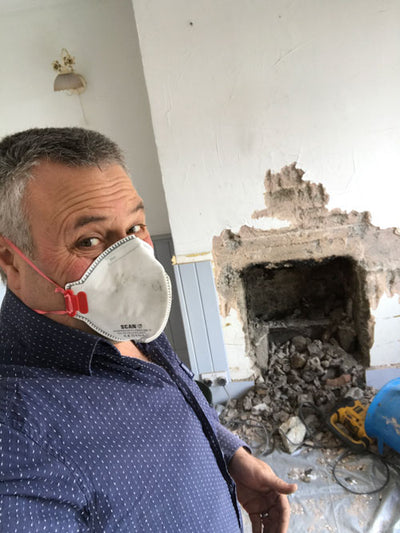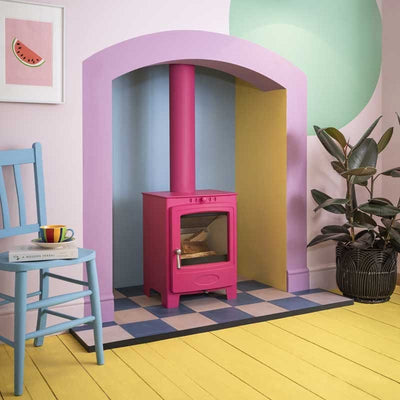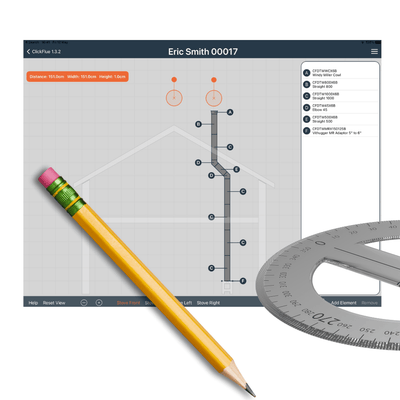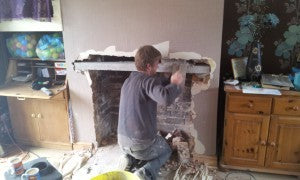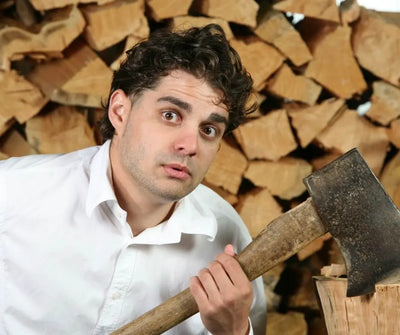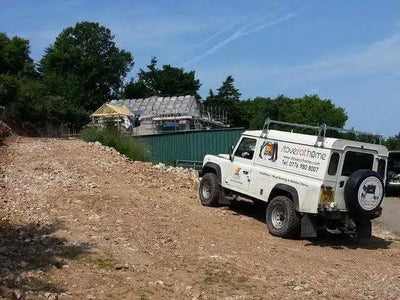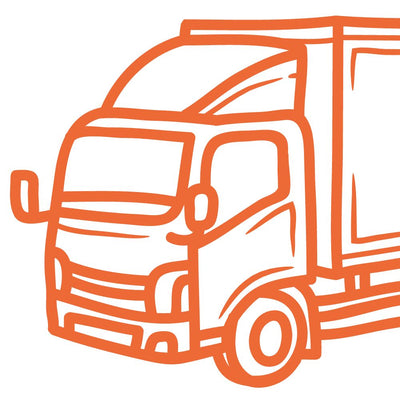Cast iron wood burning stoves
Our collection of cast-iron wood burning and multifuel stoves. There are examples of cast-iron stoves still going strong after a hundred years of use.
Cast iron and steel wood-burning stoves compared:
-
Heat Retention: Cast iron stoves tend to hold heat longer than steel stoves. Once a cast iron stove heats up, it will radiate a steady, even heat for a long period. On the other hand, steel stoves heat up and cool down more quickly.
-
Maintenance and Durability: Cast iron stoves will crack if hit with a hard object though this is unlikely to be a problem unless you are swinging a hammer around. They are usually thicker than steel stoves so will last a lot longer (stoves rust away slowly from the inside over many years).
-
Aesthetics: Cast iron stoves typically have more decorative options, with intricate detailing and often a more traditional look. Aside from the Saltfire Peanuts which are cast-iron and contemporary which is why they sell so very well.
-
Price: Steel stoves are generally less expensive than cast iron stoves. However, both types can vary widely in price depending on the brand, size, and specific features.
Stovefitter's owner and author of The Stovefitter's Manual Julian Patrick says "Don't overthink it - choose the one you like the look of!".
Filter and sort

What else do I need to buy to install a wood burning stove?
DIY Guides

Best Wood Burning Stoves 2024
Buying Guides
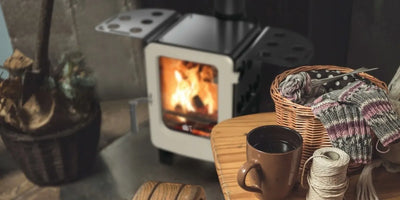
Small Log Burners & Wood Burning Stoves
Buying Guides
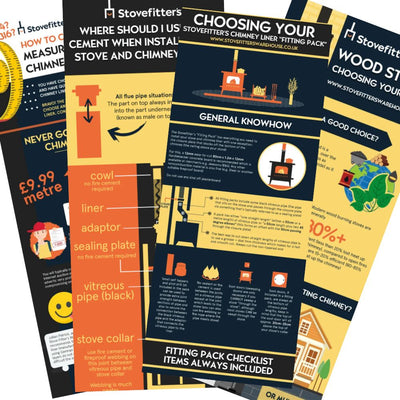
Infographics for wood burning stove purchase and install
Infographics

What size wood stove do I need? Don't let manufacturers fool you!
Buying Guides
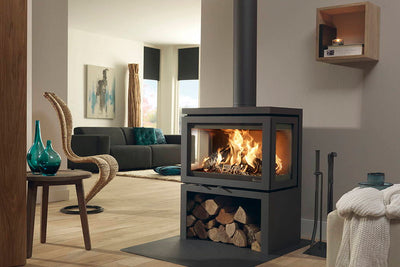
10 reasons why you want a wood burning stove
Buying Guides

Knowledge Tree: Process of buying and installing a wood burning stove
Buying & DIY
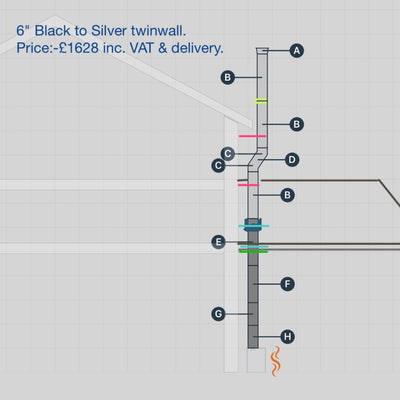
Chimney design:: Add your property details
Buying & DIY Guides
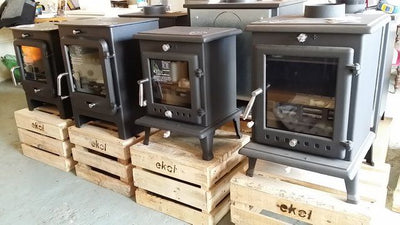
Chinese wood burners – should I buy one or are they all crap?
Buying Guides
Delivery, refunds & more
Find your perfect stove

Find your perfect stove
First you need to work out what size of stove you require, Bear in mind that a 5kW stove can burn from 0kW all the way to 5kW depending on fuel load. Try our gizmo via the link below.
We also have a gizmo to assist you find your perfect stove (once you know the output you require).


